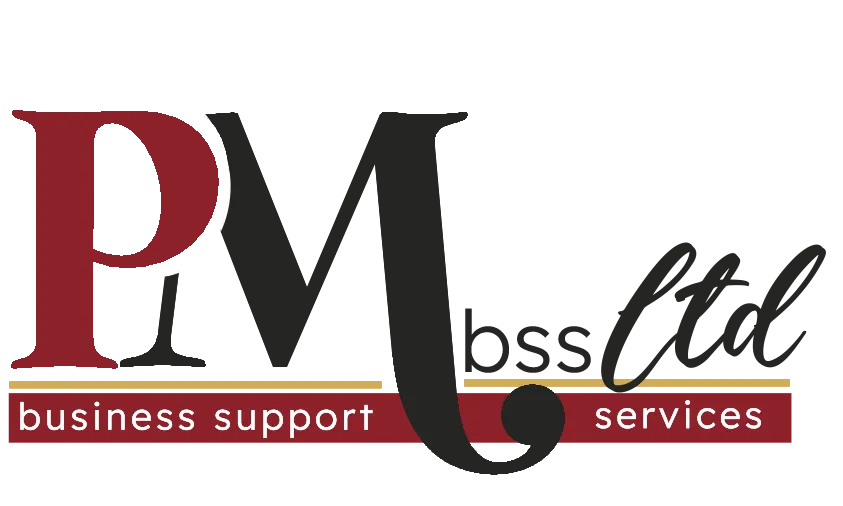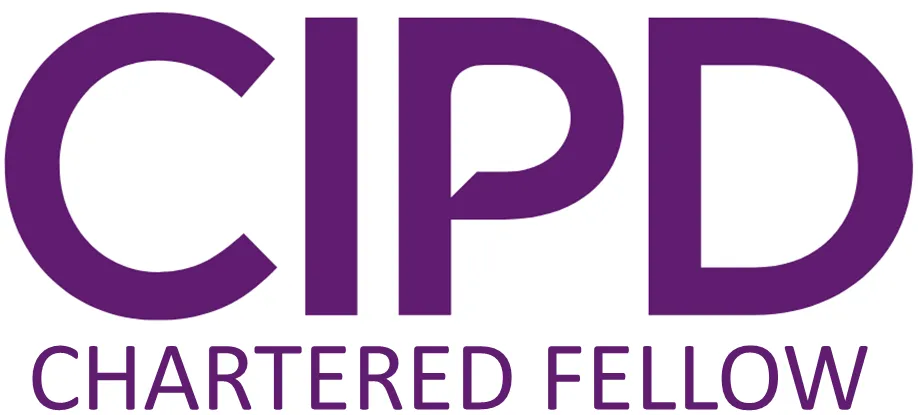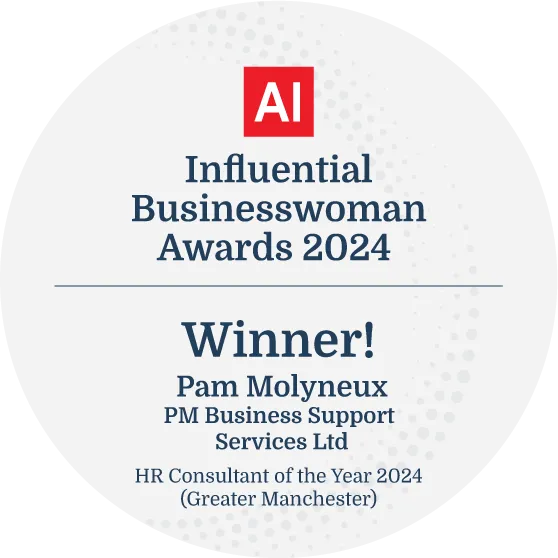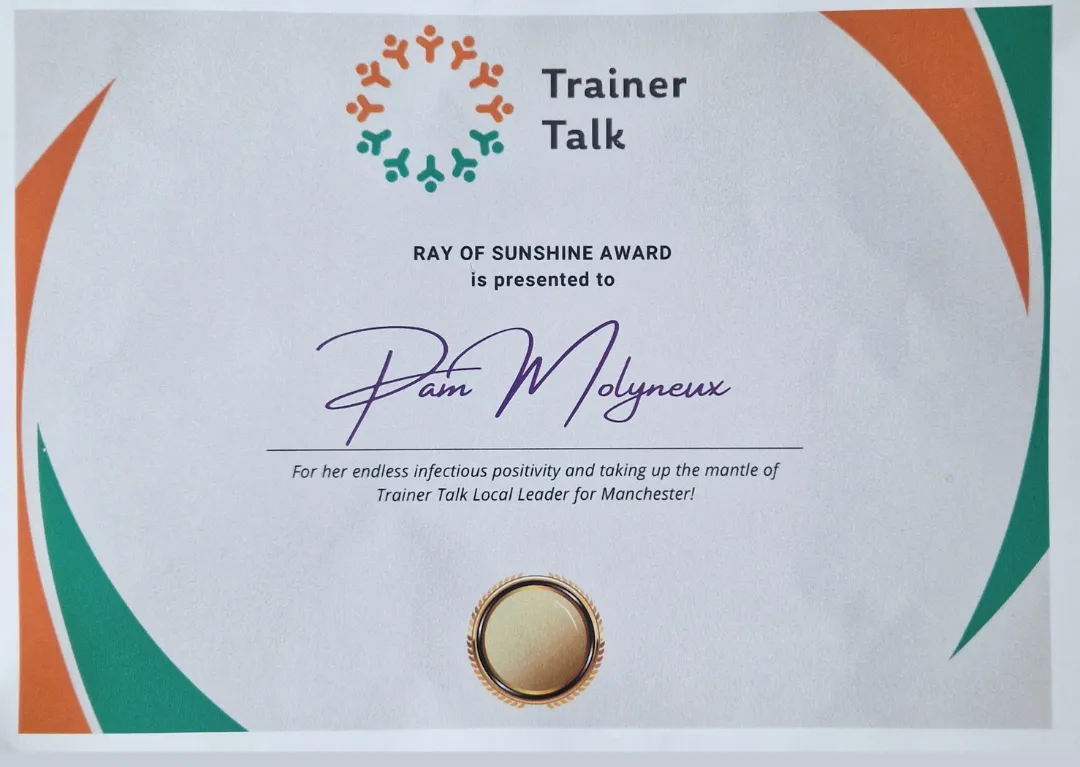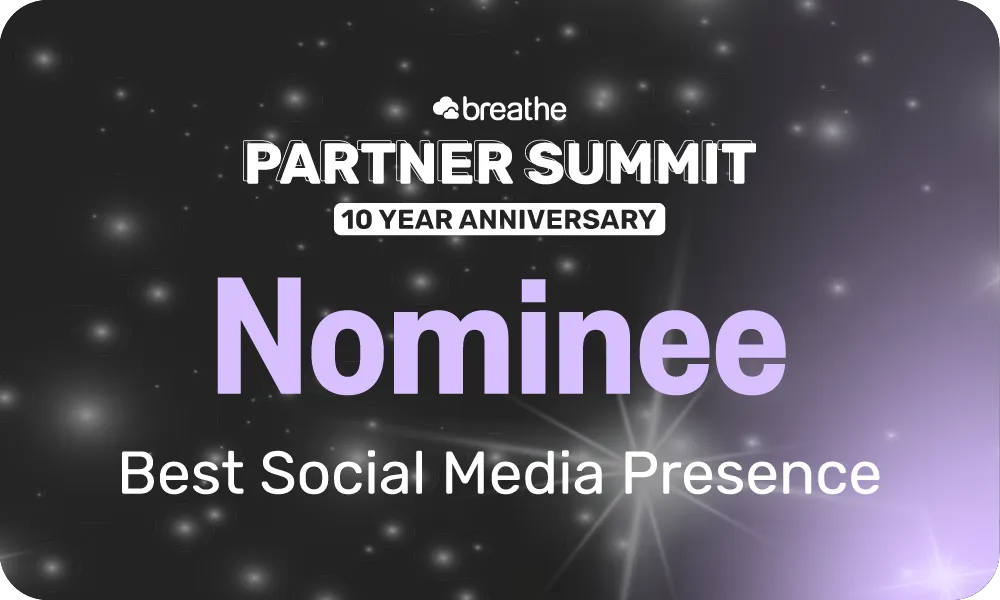Read Our Latest Blogs

Employee Appreciation - 3 Top Tips
“Sending a thank you recognition message on email, on teams, through the post can be so impactful.” - Pam Molyneux
As an Employer or HR Director you might be thinking, that is part of our culture to tell and show our employees all the time how much we appreciate their contribution, hard work and accomplishments.
Amazing - an employee who feels appreciated is likely to feel motivated, and will thrive in their work, ultimately impacting the bottom line for the business in terms of increased engagement and productivity, return on investment for training, reduced recruitment costs due to low turnover and reduced absence costs.
That sounds worth the time and investment in appreciating employees, doesn't it?
If you are thinking of introducing something more formal or need a refresh, check out our Top 3 Tips for your engagement strategy :
1. Ask the team what would motivate them, and what they would appreciate to recognise their contribution.
2. Look at informal as well as formal approaches, small actions can be as impactful as the big ones.
Saying thank you and genuinely meaning it and showing it, really does go a long way.
Sending a thank you recognition message on email, on teams, through the post can be so impactful.
3. Make sure there is something in there for everyone.
Analysing the usage is important and having regular check ins with staff to gain their feedback will help to make sure you are focusing on a diverse range.
Keep things as a simple as possible and genuine makes a good foundation.
We would love to hear about your successes so do get in contact to talk more.
We also have our fortnightly HR Surgery, Solve and Thrive happening Monday’s at 12:30 – come and join us and discuss your people management issue, find a solution to navigate your way forward and collaborate with other people managers to thrive even more.
